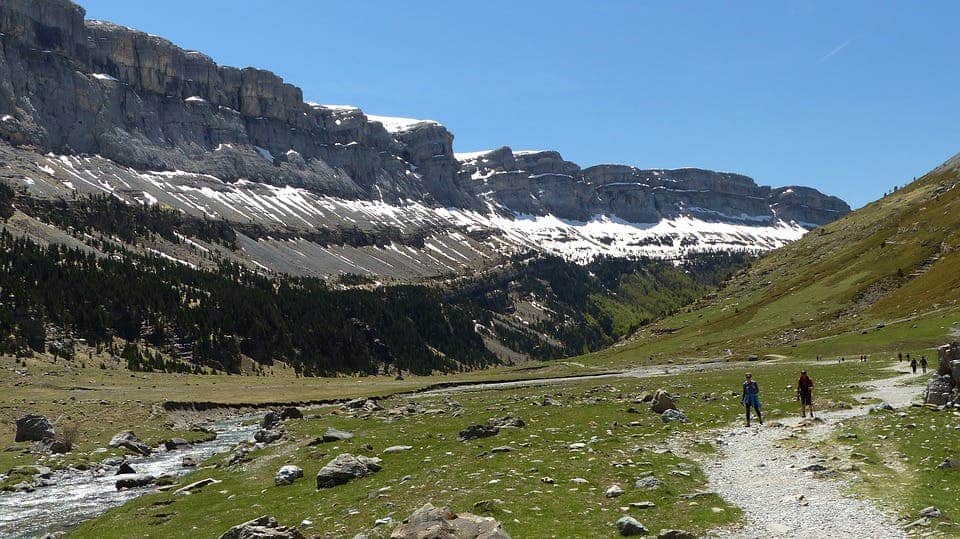The Iberian Peninsula in Europe has been experiencing accelerated warming in the past century, and the Pyrenees were not spared.

If you want to see climate change in action in a civilized place (as opposed to the Arctic wilderness), Spain is the place to go. Spain has been hot since the end of the ice age, but in recent decades, it’s getting hotter and hotter. In the past three decades alone, temperatures have risen by 2.5 °C in Spain, surpassing the European average of 0.95°C. However, warming doesn’t happen in a uniform fashion, and researchers wanted to see how the country’s northern mountains are affected.
A team from Rovira i Virgili University’s Centre for Climate Change collected hundreds of climate series from meteorological observatories on the southern side of the Central Pyrenees, covering a period from 1910 to 2013; it’s the most extensive such study ever carried out in the area. The findings show a worrying trend of rising temperatures, at about 0.11 °C per decade.
“However this change is particularly marked in the most recent period (1970 to 2013), when maximum temperature rose by over half a degree per decade (0.57 °C per decade),” Núria Pérez-Zanón, the lead author of the study, said.
The data were calibrated, evaluated, and processed to eliminate any bias not related to climate change.
“Individual series were subject to strict daily and monthly quality control to detect anomalous values, as well as homogeneity adjustments to minimise bias introduced by non-climate-related changes, such as location, modifications to the surroundings, or the equipment itself,” says Pérez-Zanón.
Of course, this type of change carries a cascade of effects. Between 1950 and 2013, the percentage of hot years doubled, while the percentage of cold years decreased by half. This seems to be accentuating more and more in recent times, with 18 of the past 20 years being classified as ‘hot.’ Scientists also showed that both the minimum and the maximum temperatures have been going up. Researchers also tried to see if there was any correlation between the temperatures and the precipitations. A decrease was observed, but it wasn’t significant enough to draw any definitive conclusions.
Overall, the conclusions are pretty clear. We knew that climate change was happening, we knew that it was even worse than average in Spain and the Pyrenees. Sometimes, mountain areas are somewhat shielded from climate change due to their own microclimate, but this isn’t the case here.
Journal Reference: Pérez-Zanón, Núria; Sigro, Javier; Ashcroft, Linden. “Temperature and precipitation regional climate series over the central Pyrenees during 1910-2013” International Journal of Climatology 37 (4): 1922-1937 DOI: 10.1002/joc.4823 March 30th 2017.






